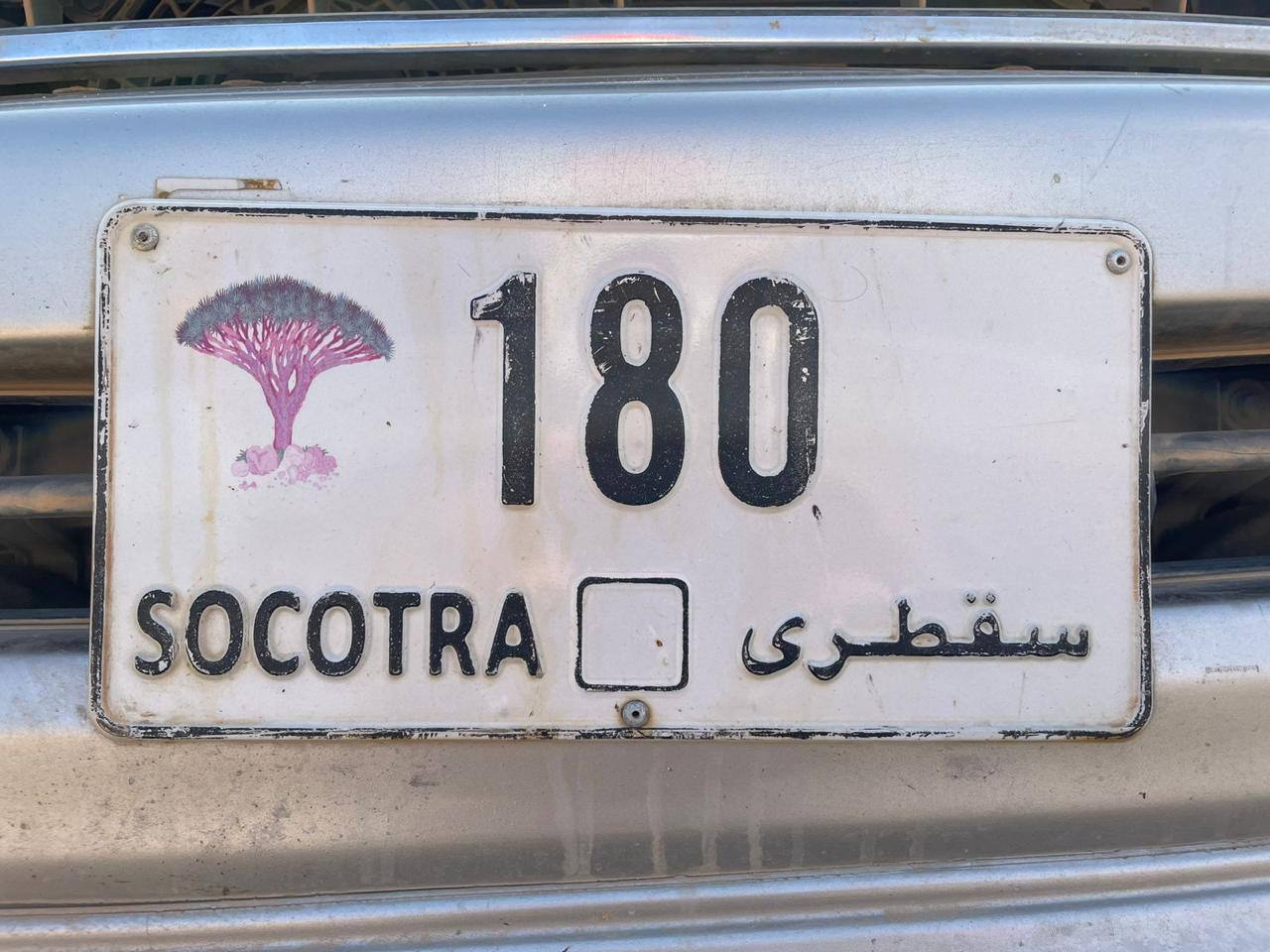There are few places as ecologically diverse and other-worldly as the Yemeni island of Socotra, hence its nickname as the “most alien place on earth”. Politically too the island now also finds itself in a somewhat weird situation, being tugged between Yemen, those claiming to represent South Yemen, the United Arabian Emirates and the Socotri people themselves.
To read if journalists can travel to Socotra click here.
The Socotra story
Isolated and at time inhospitable the island of Socotra hs for the most part of its history been left alone. This led to the extremely unique flare and fauna of the island, as well as a people that have largely forged their own identity.
Eventually they would become a Sultanate under the British Empire, before South Yemen was taken over by the communists, the local ruler was executed and the island became part of the Peoples Democratic Republic of Yemen, the only communist state to ever exist in the Middle-East.
To read about Socialist Countries click here.
Communist times in Socotra
While little evidence is left of communist times in Socotra, save a few tanks on the beach and some shipwrecks, Soviet rule has certainly left its mark culturally. South Yemen unlike other socialist states had few issues with housing and people generally prospered, with Socotra particularly so, something local tour guide Abdullah was keen to point out “People have really fond memories of communist times. People were paid even when there were sandstorms. We had education and people could even travel for education”.
A system vastly changed since reunification and indeed the move to capitalism. Socotra notoriously is almost unalienable for moths of the year, meaning people often go without.
Women too also had equal rights to men, including for divorce and even abortion, although of this is far removed now, with women barely seen, let alone existing as part of the workforce.
THis was point Abdullah had mixed opinions about telling us “Women had much more freedom then, which was obviously good for them and we did not mind. But, it is actually against our culture, so most men do not actually mind about this”.
Unification, Isolation and the entrance of the United Arab Emirates
When Yemen reunified in 1990 this technically at least meant that Socotra became part of the new Yemen Arab Republic, but as it soon became apparent that this was more a take over by the north, rather than a reunification trouble started to brew.
In 1994 elements of the south took up arms in a conflict that for all intents still ravages to this day, with the so called Southern Transitional Council (STC) representing the interests of those seeking southern independence, technically at least including Socotra.
IN the 2010’s at least this largely meant Socotra being left to its own devices, that was t least until the United Arab Emirates entered the country, initially been seen as liberators. One Socotri who asked not to be named explained their flight “When the UAE first came in we saw them as liberators. Fuel and power was almost free and they employed us in factories. Then after two years all the prices went up and they even replaced us with Pakistanis in the factories. They told us we could have the jobs if we would take a much lower salary like them”.
Sadly he continued they could not even speak out about their treatment by the Emiratis with him explains “Most families now have at least one kid working as laborer or the like in the UAE. They send home money. If those of us left speak out about the government then the family member is sent home and we have no money. People are scared to speak out even if they suffer”.
The UAE have further cemented their place in the country by also installing members of the allied Southern Transitional Council in power on the island, rather than islander themselves, with the former flag of the Peoples Democratic Republic of Yemen existing awkwardly with the flags of Yemen, the UAE and Saudi Arabia on the island.
What do the Socotrans want?
How the people of Socotra saw themselves was a subject I was interested to find out, so asked our local fixer Madhi if he felt Yemeni, South Yemeni, or Socotran, to which he replied without blinking “Look at my skin and how black I am, we are not Yemeni, we do not speak Arabic, we are Socotran and we speak Socotri. I am Socotri”.
And what was his and others hopes foe the island and its people? “We want to be independent as the Republic of Socotra”.
And with 70,000 people, an ambulance of seafood and a tourist industry that is growing leaps and bounds this theoretically could be possible, but politics are unlikely to allow it to pass, with Madhi finally adding “That is what we want at least, but what we want has never really bothered anyone in the past”.
To read about tours to Socotra click here.
And thus the people of Socotra continue in their limbo like state, using Yemeni money, flying the flag of South Yemen, and existing as a colony of the UAE, all the while hoping to one day become the sovereign Republic of Socotra.

